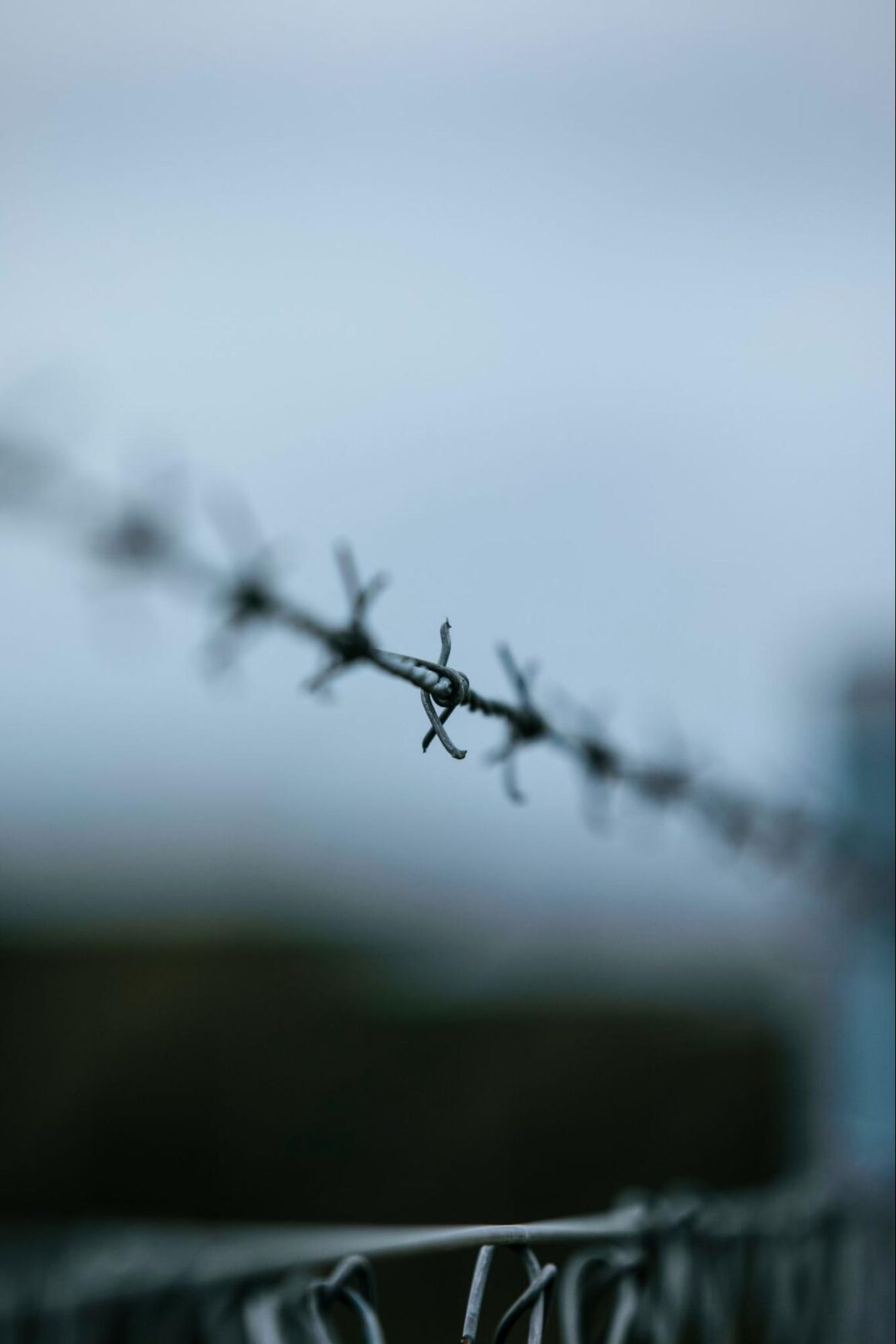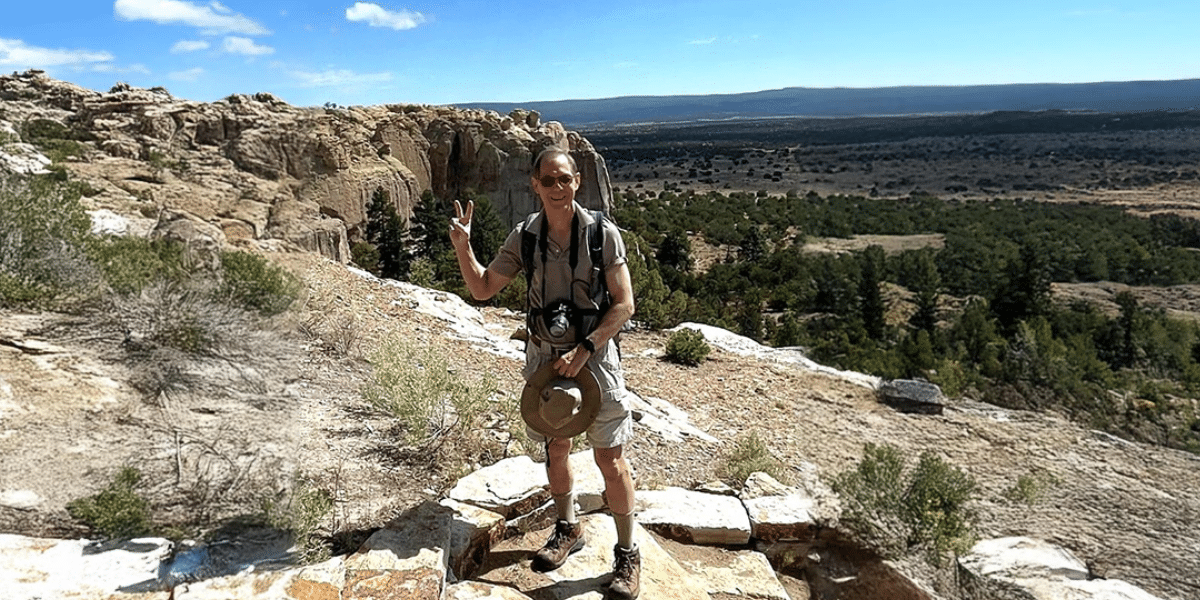By: Maya Robinson
Border security in Sierra Leone is pivotal to its national border integrity. As a nation with a rich history and promising future, the challenges surrounding border security are both pressing and complex. From managing the flow of goods and people to safeguarding against emerging threats, Sierra Leone faces a multifaceted array of challenges at its borders.
In recent years, the global security paradigm has evolved, demanding innovative solutions to traditional and emerging risks. This necessitates a strategic shift towards integrating advanced security solutions tailored to the specific needs of Sierra Leone.
By doing so, not only can the nation enhance its security posture but also streamline processes, foster economic growth, and cultivate a safer environment for its citizens. Leaders at Securiport Sierra Leone delve into the significance of bolstering the country’s border security, the obstacles that must be overcome, and the promising horizon that advanced security solutions offer.
Understanding the Current Landscape
Sierra Leone’s current security infrastructure at its borders reflects a mix of traditional and modern approaches. While efforts have been made to fortify entry points with checkpoints and patrols, significant vulnerabilities persist. Gaps in surveillance technology, inconsistent enforcement of protocols, and limited resources for monitoring remote areas pose challenges to effective border control.
These vulnerabilities reverberate beyond security concerns, directly impacting the nation’s socio-economic development. Smuggling of goods and contraband not only undermines government revenue but also fosters an environment ripe for illicit activities. The porous borders not only compromise national security but also hinder the facilitation of legitimate trade and travel.
“The impact of Sierra Leone’s border security shortcomings extends to public safety, as unchecked movements can exacerbate health risks and the spread of diseases,” says an executive at Securiport Sierra Leone. “In a world where interconnectedness is both a blessing and a challenge, Sierra Leone stands at a critical juncture where fortifying its borders is more than a matter of security—it’s a cornerstone for sustainable development.”
As Sierra Leone navigates these challenges, a comprehensive understanding of the current landscape is essential. Exploring the transformative potential of advanced security solutions tailored to the nation’s unique needs and aspirations reveals the many opportunities for advancement available to Sierra Leone.
Advanced Security Solutions
In the realm of border security, modern technologies are key in Sierra Leone’s quest for robust surveillance and response capabilities. Biometric systems, powered by cutting-edge algorithms, offer a reliable means of individual identification, enabling authorities to swiftly detect and deter unauthorized entries.
Coupled with AI-driven surveillance systems, which can analyze vast amounts of data in real-time, these technologies provide a proactive approach to border monitoring. Drones, with their aerial vantage points, present another dimension to Sierra Leone’s security toolkit.
These unmanned aerial vehicles offer the ability to cover expansive and rugged terrains, facilitating rapid response to potential threats. They can be equipped with advanced sensors for enhanced situational awareness, further bolstering the nation’s border security posture.
Notes a Securiport Sierra Leone securities expert, “While the potential benefits of advanced solutions are clear, the feasibility and cost-effectiveness of implementation must be carefully considered.”
Factors such as initial investment, maintenance, and training requirements are pivotal in the decision-making process. When viewed through the lens of long-term security dividends and enhanced socio-economic stability, the case for embracing these technologies becomes compelling.
Integrating Multi-Agency Collaboration
Efficient border security in Sierra Leone necessitates a symphony of coordinated efforts among its diverse security agencies. Collaboration is both beneficial and imperative for maximizing resources and effectiveness. Integrating data-sharing protocols and communication systems among agencies can create a seamless network of intelligence exchange, enabling real-time responses to emerging threats.
One proposed strategy is the establishment of a centralized platform where information from different agencies, such as customs, immigration, and law enforcement, can be aggregated and analyzed collectively. This unified approach ensures a comprehensive view of border activities, from the movement of goods to the identification of suspicious individuals.
“Successful models of multi-agency collaboration in border security exist globally, offering valuable insights for Sierra Leone,” says a Securiport Sierra Leone manager.
Regions such as the European Union, with its integrated border management system, demonstrate the power of cohesive efforts. Closer to home, examples from neighboring countries in West Africa showcase the benefits of joint operations and information sharing. By drawing upon these successful frameworks, Sierra Leone can forge a path towards a more secure and interconnected security apparatus.
The synergy of multi-agency collaboration not only strengthens border control but also enhances the nation’s capacity to address transnational threats effectively. As Sierra Leone charts its course towards integrated security solutions, the foundation of collaboration emerges as a cornerstone of success.

Future Prospects and Challenges
The adoption of advanced security solutions presents a transformative opportunity for Sierra Leone, promising a future where borders are not barriers but gateways to prosperity and safety. By embracing biometrics, AI-powered surveillance, and drones, Sierra Leone stands to gain enhanced border monitoring, streamlined identification processes, and swift response capabilities to emerging threats.
The path to this future is not without challenges. One significant hurdle is funding, as the initial investment and ongoing maintenance costs of advanced technologies can be substantial. Infrastructure development to support these systems, along with the capacity building necessary for effective utilization, requires concerted effort and resources.
To navigate these challenges, Sierra Leone should consider a multi-faceted approach. Engaging in public-private partnerships can alleviate the burden on government finances while tapping into private-sector expertise. Seeking international collaborations and assistance can facilitate knowledge transfer and resource sharing.
Recommendations for sustainable long-term security strategies include investing in local training programs to build expertise in managing advanced technologies. A phased approach to implementation, prioritizing high-risk areas, can maximize the impact of limited resources.
As Sierra Leone sets its sights on a secure and prosperous future, addressing these challenges with strategic foresight is paramount. By seizing the opportunities presented by advanced security solutions while mitigating potential obstacles, Sierra Leone can pave the way for a safer and more resilient nation.
Moving forward, stakeholders at all levels must heed the call for action. Collaboration among government entities, private sectors, and international partners is vital in pooling resources and expertise. Investing in advanced security solutions, such as biometrics, AI surveillance, and drones, promises to revolutionize border control capabilities.
Published By: Aize Perez












